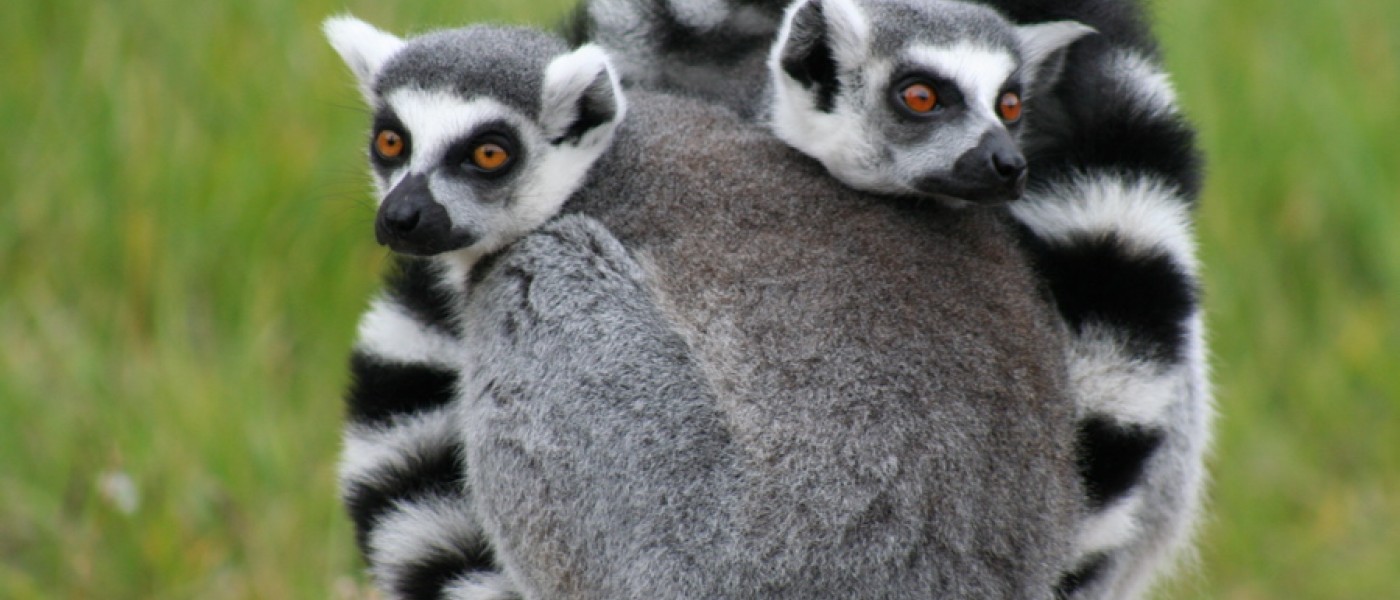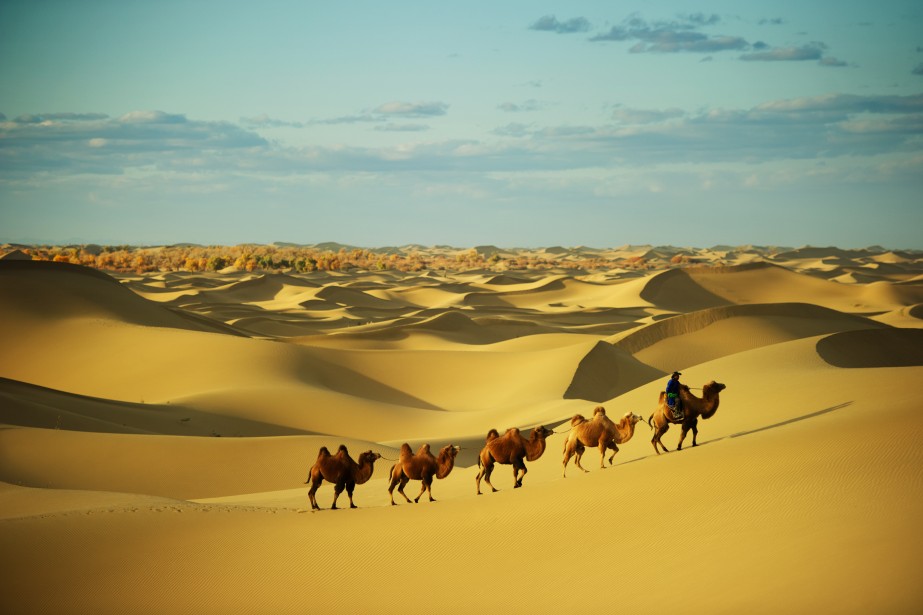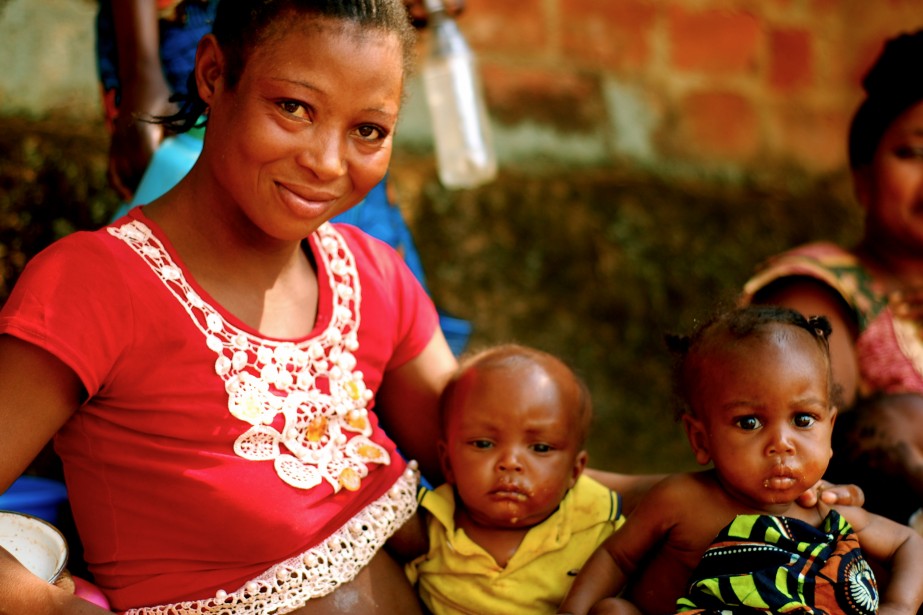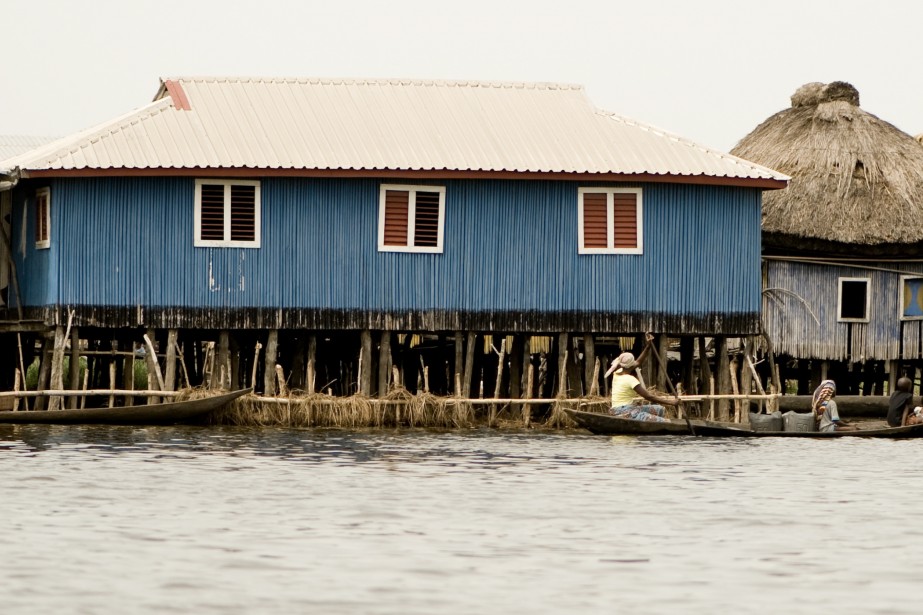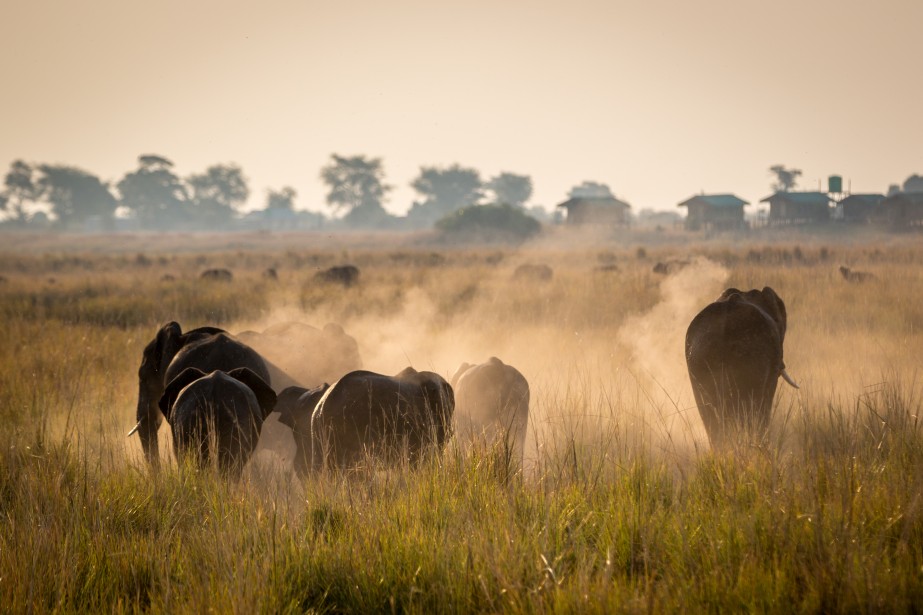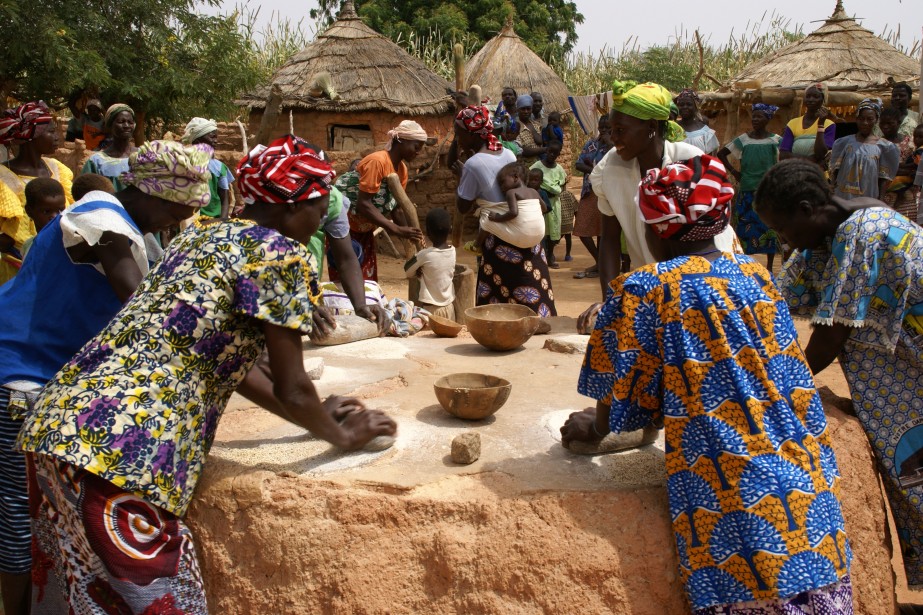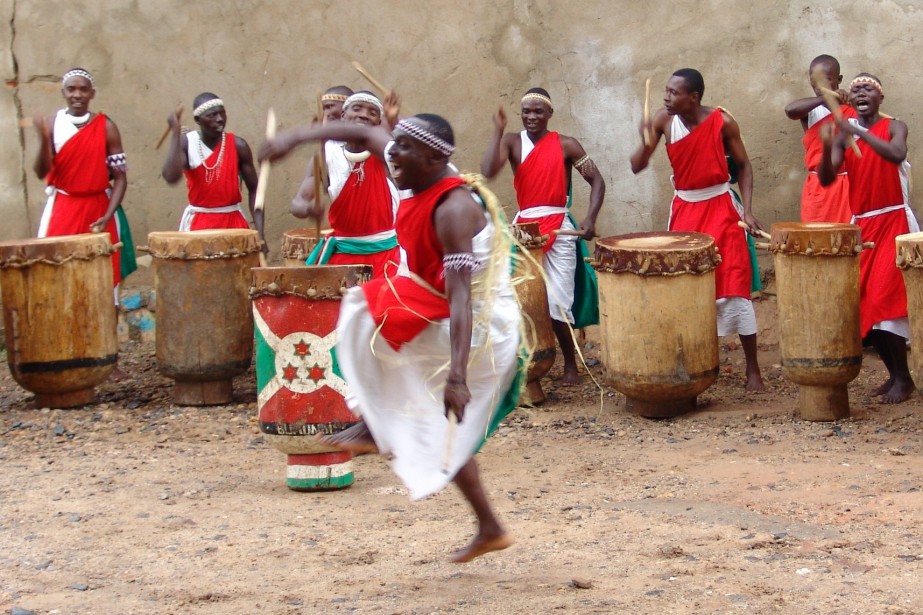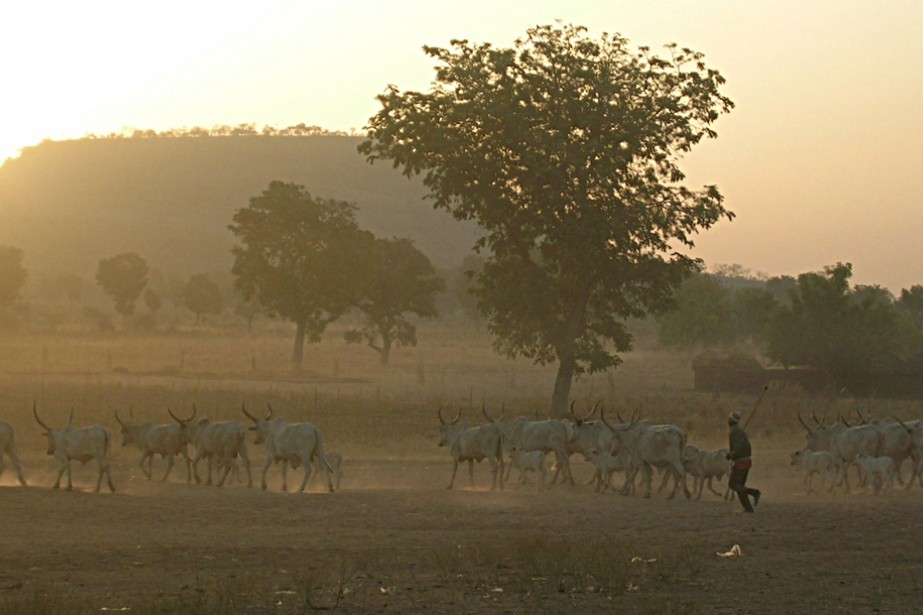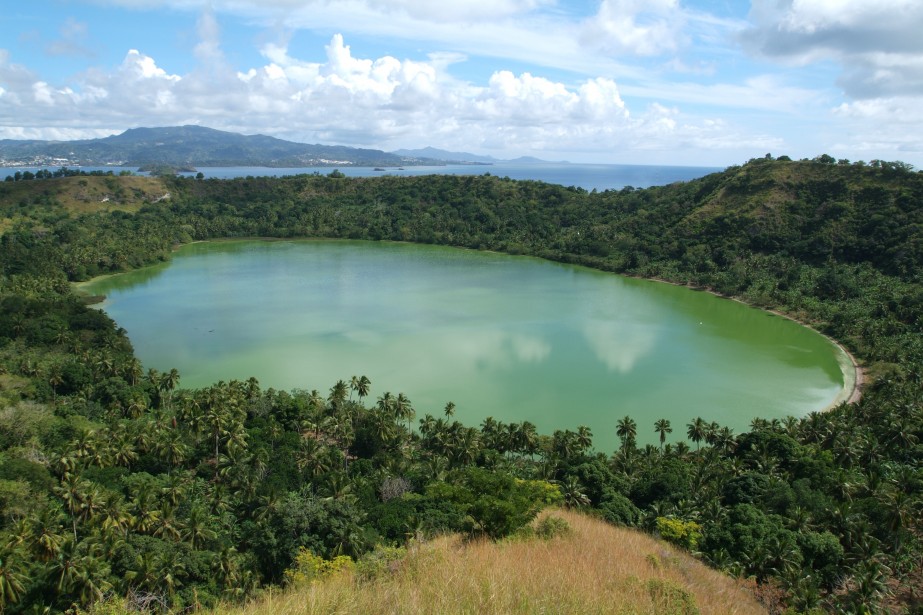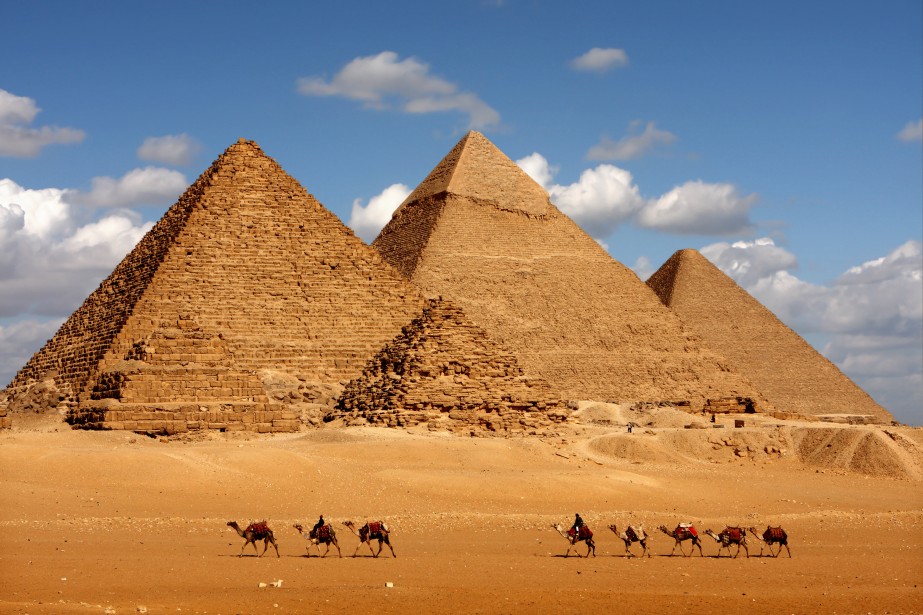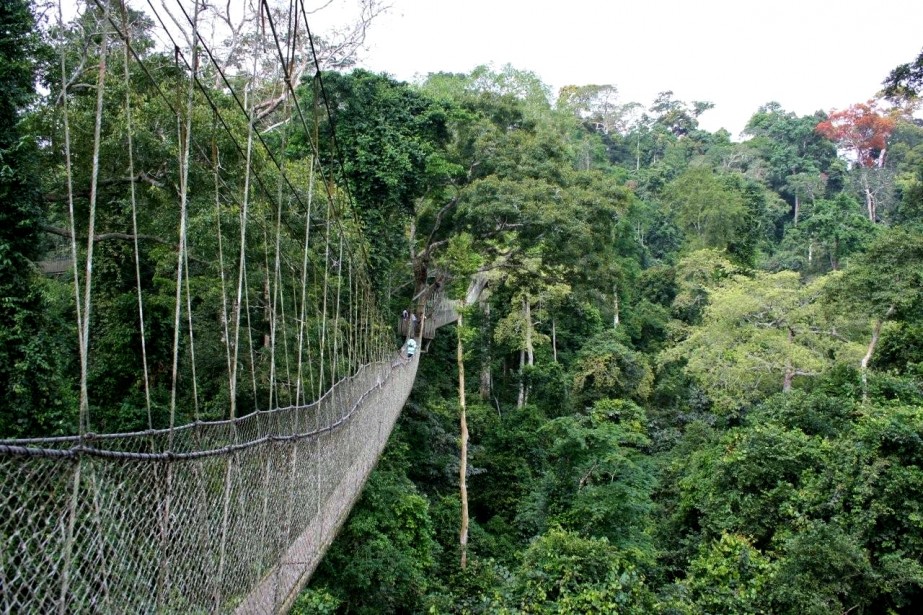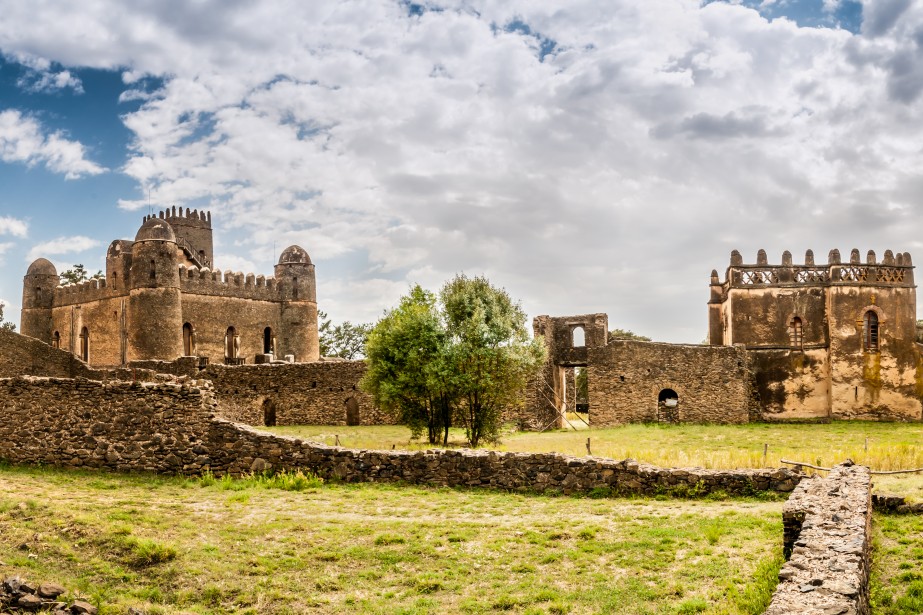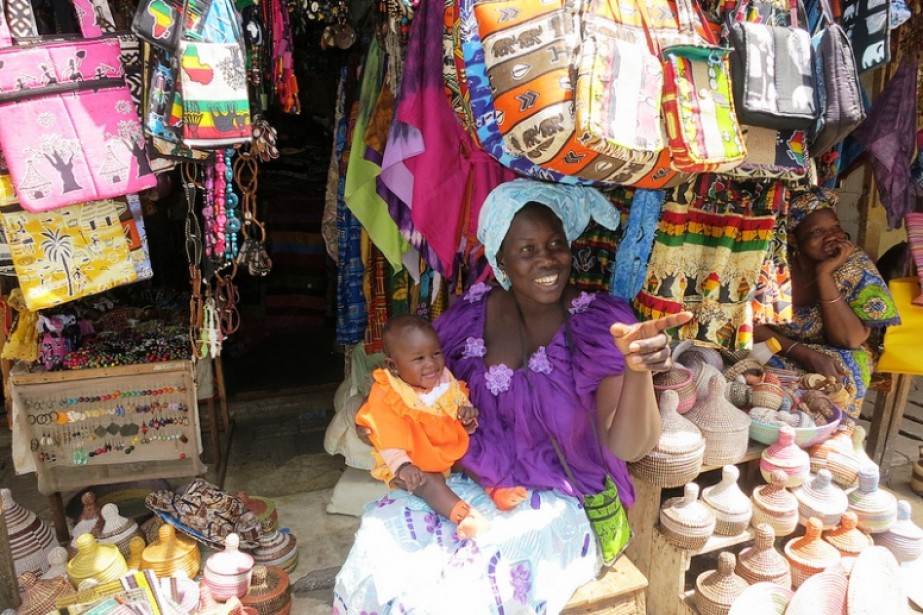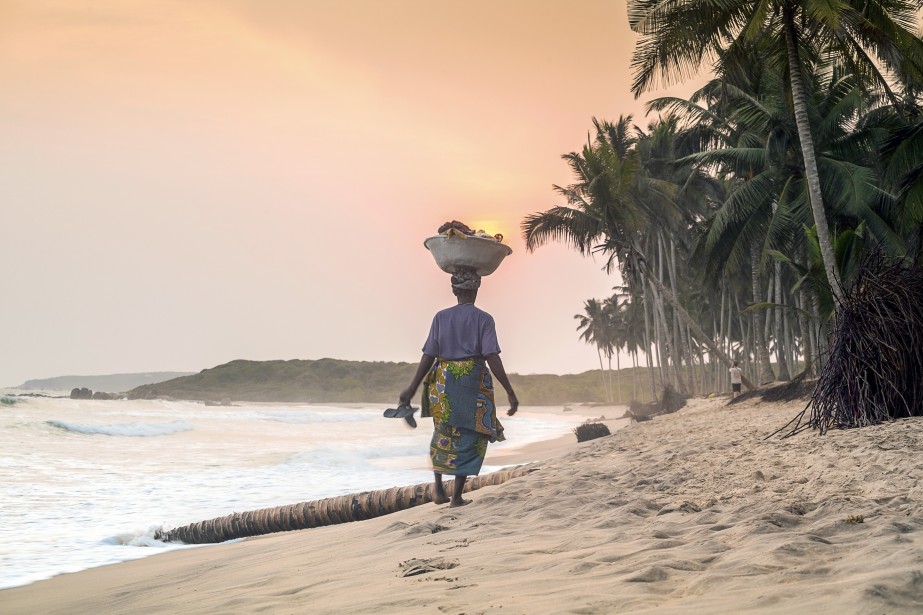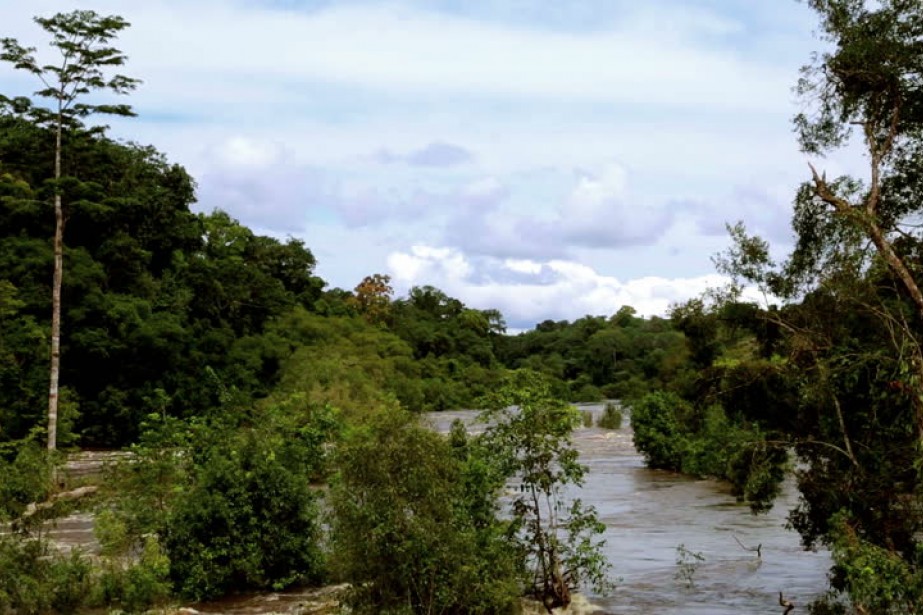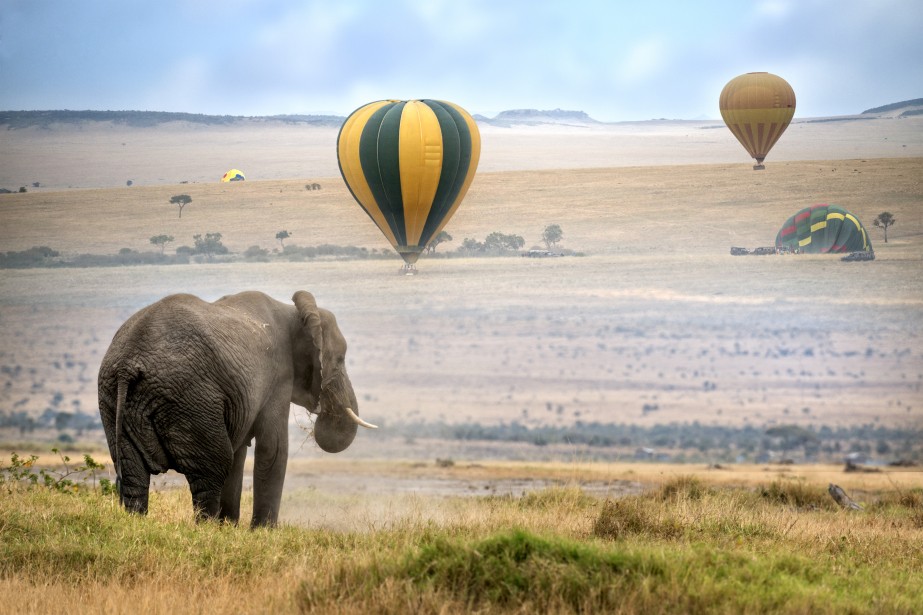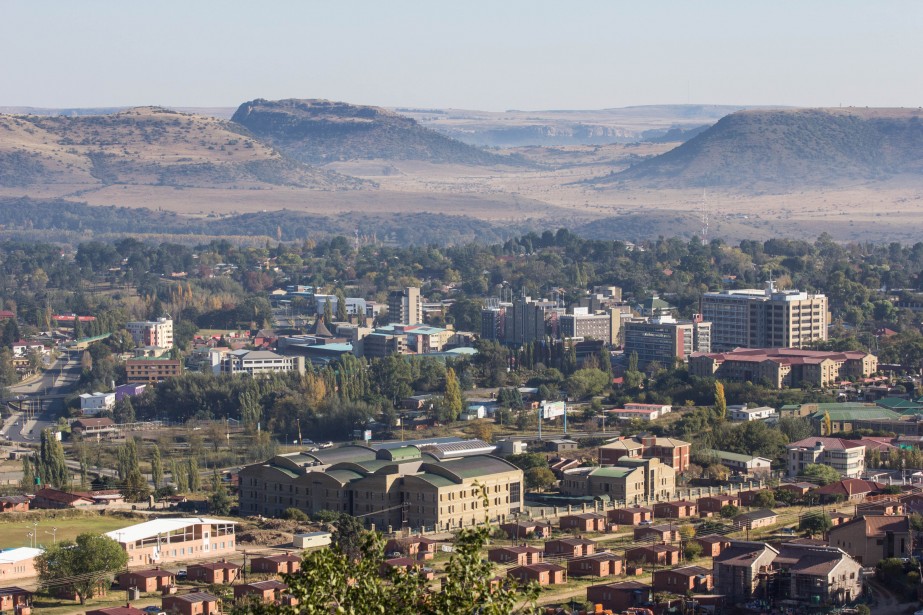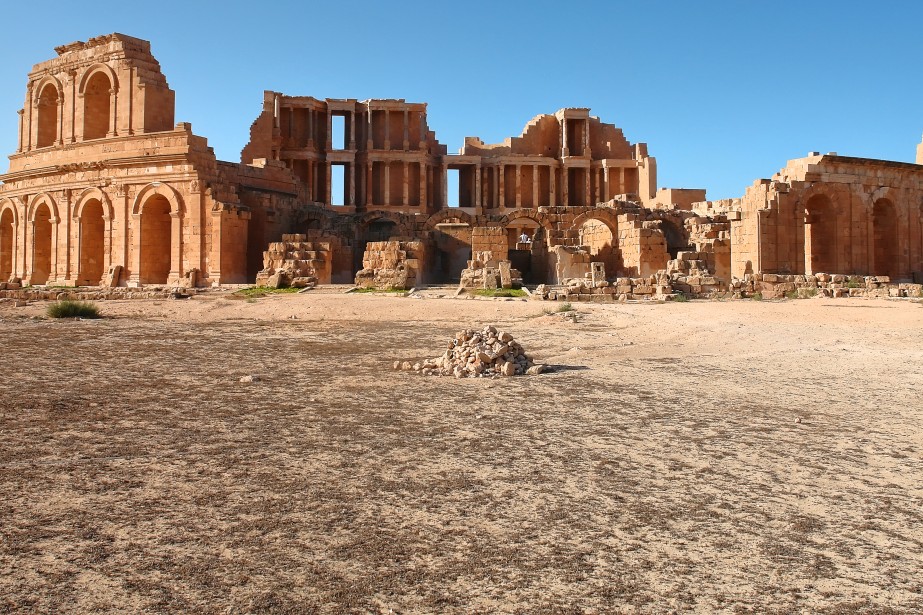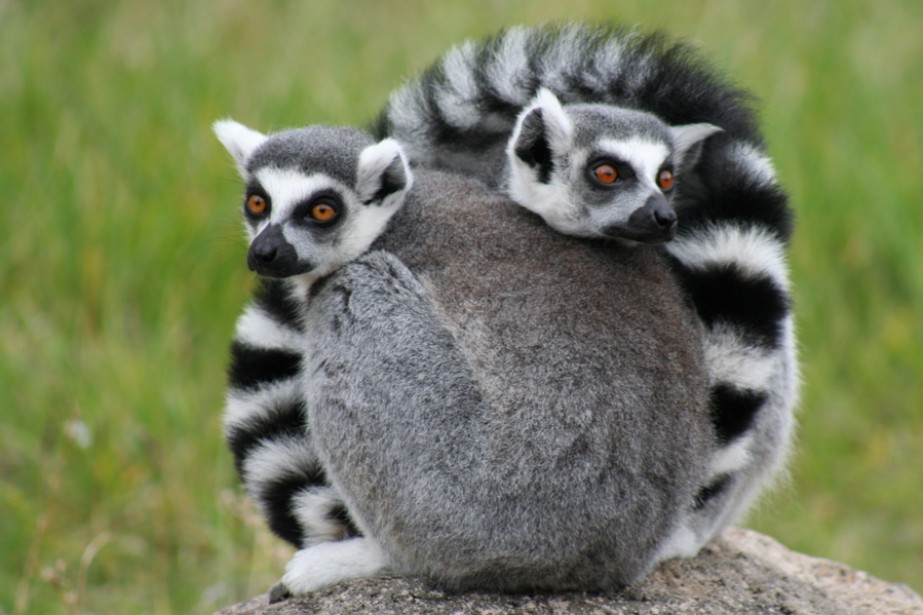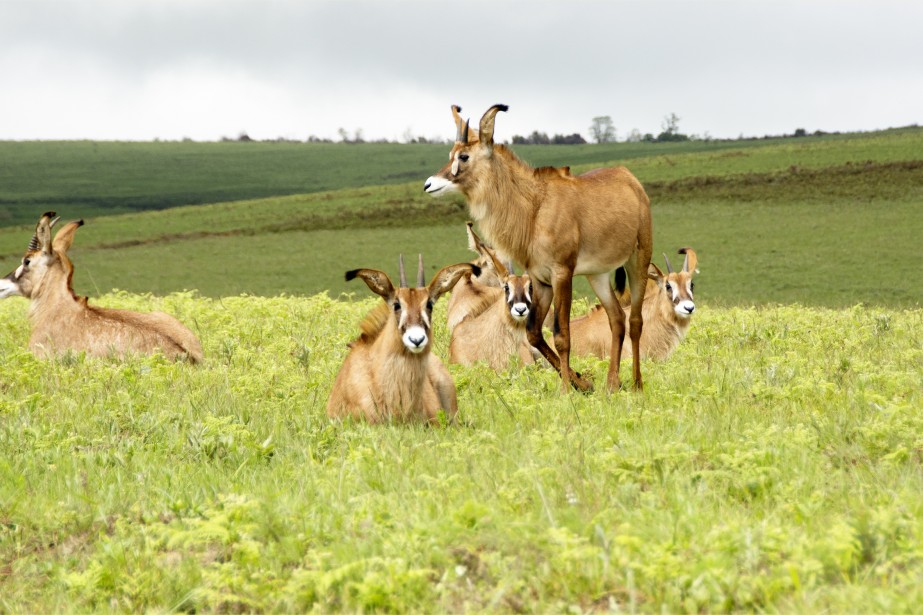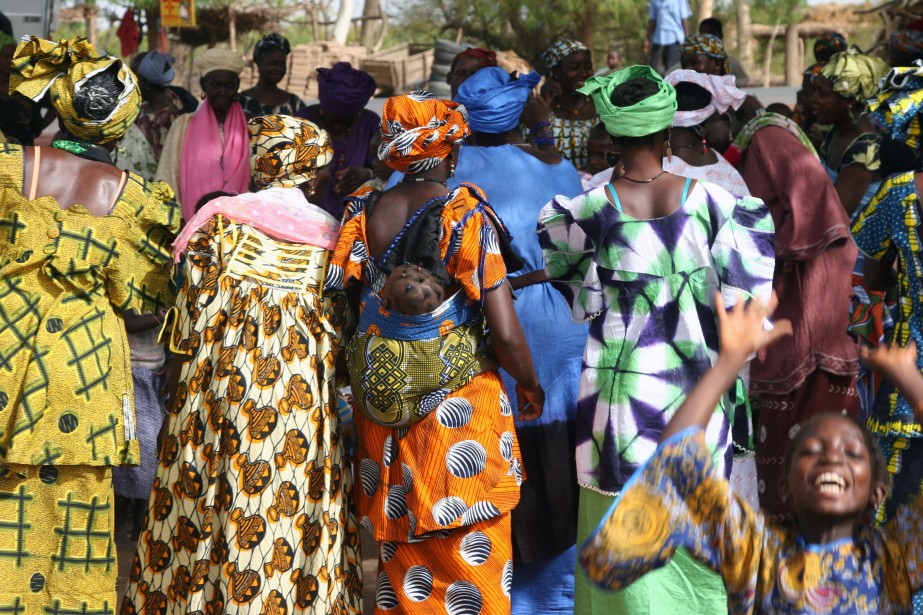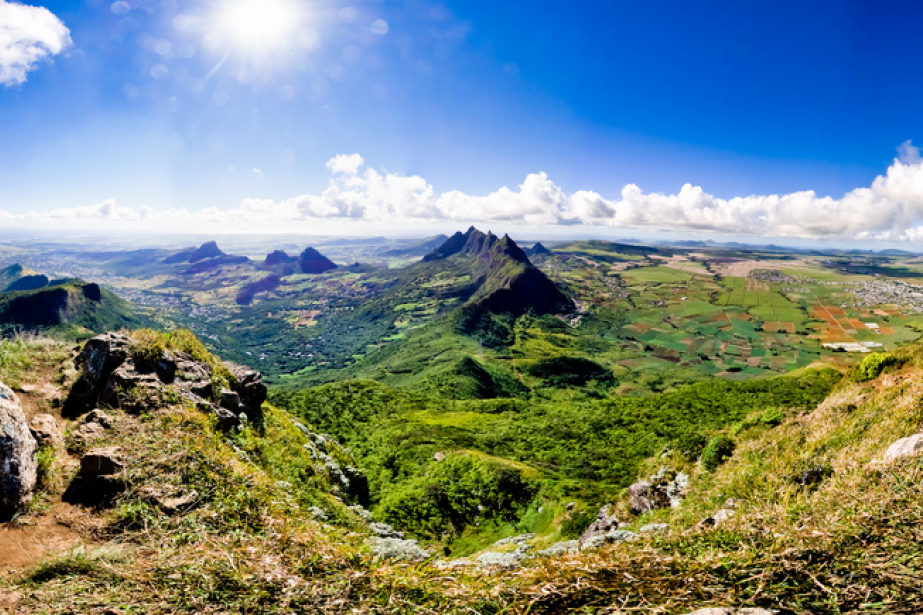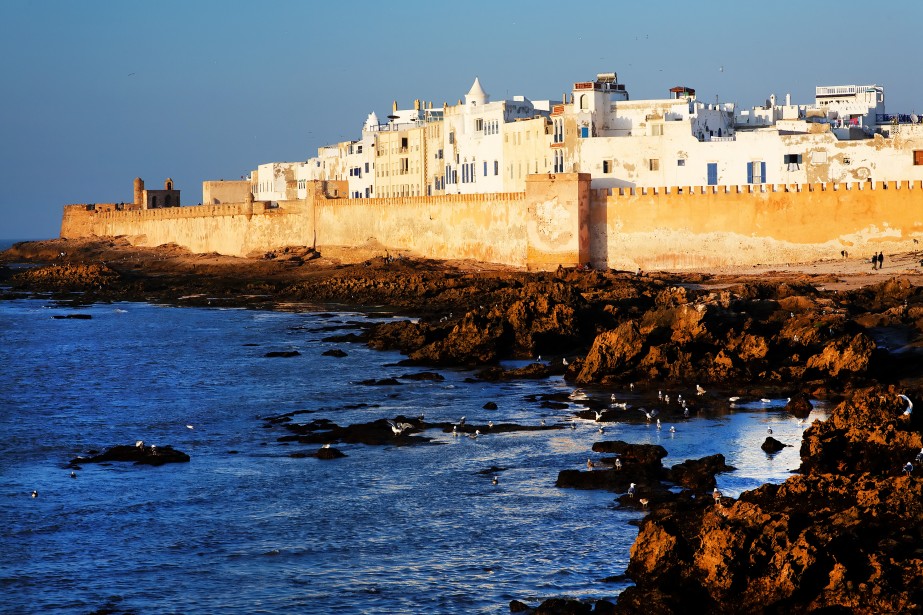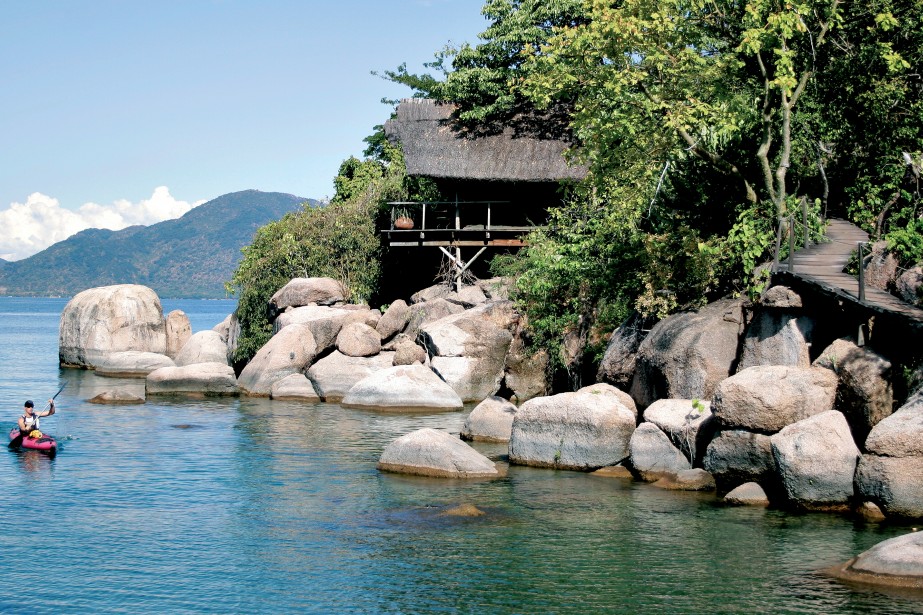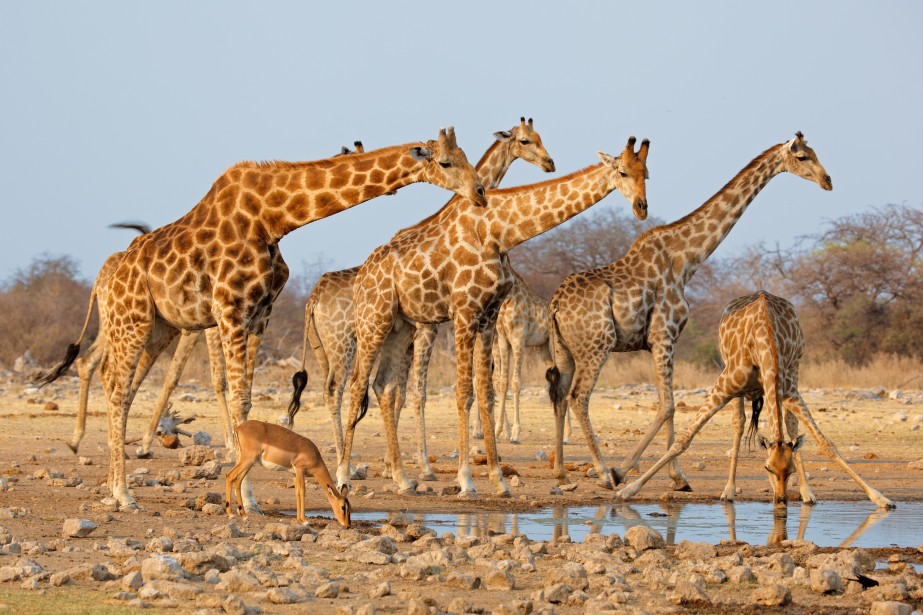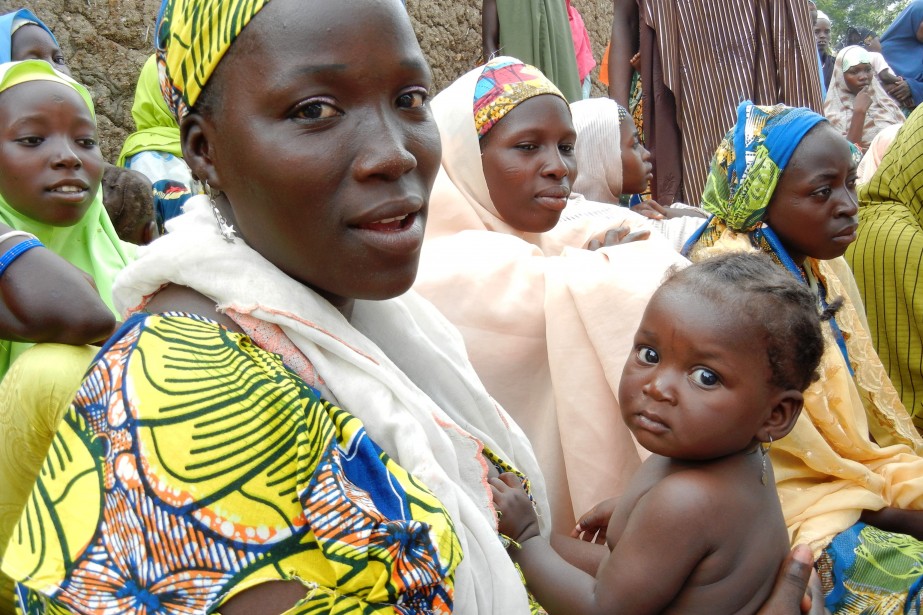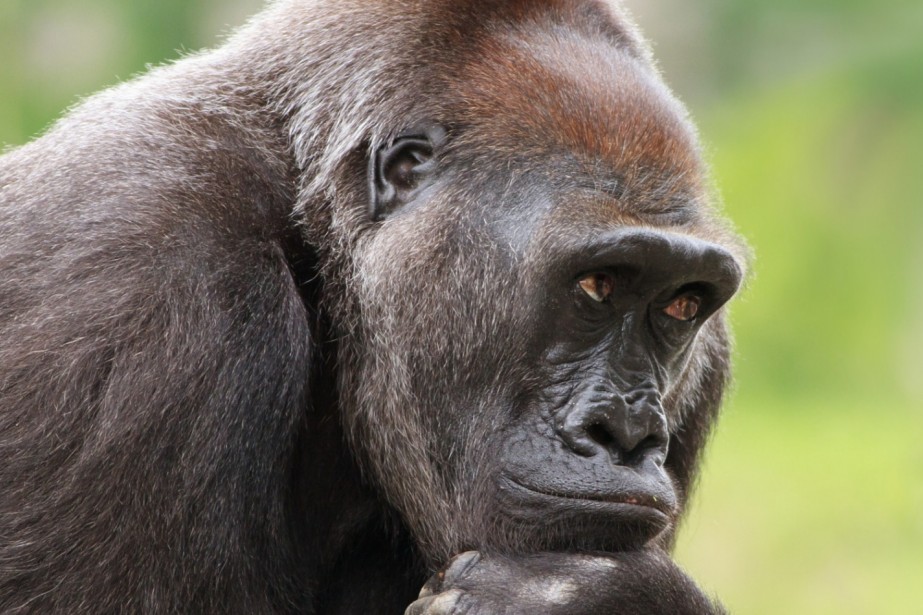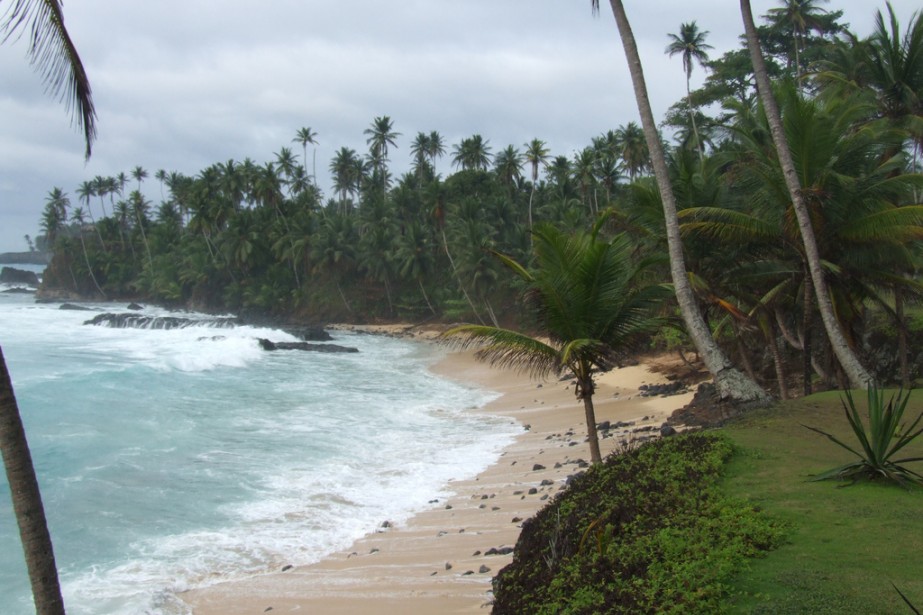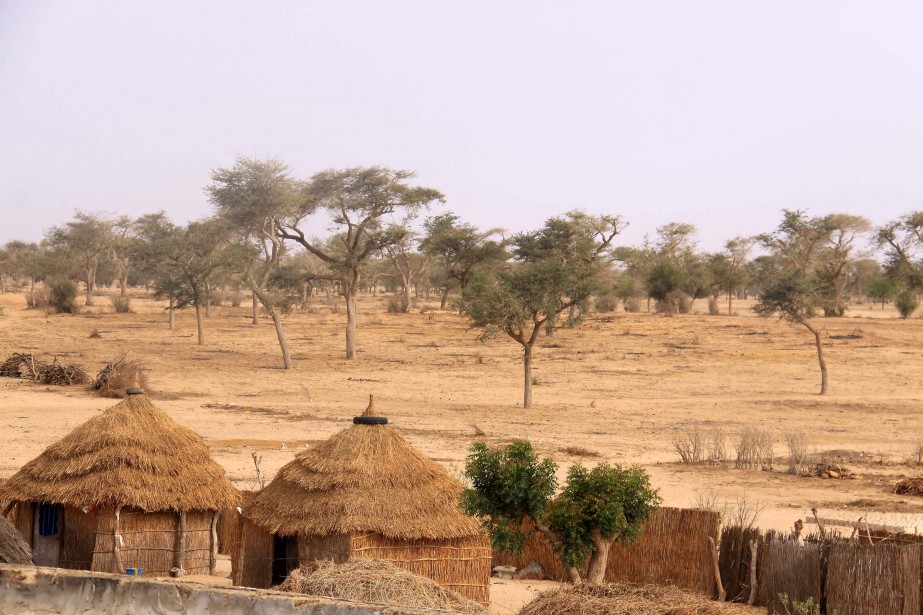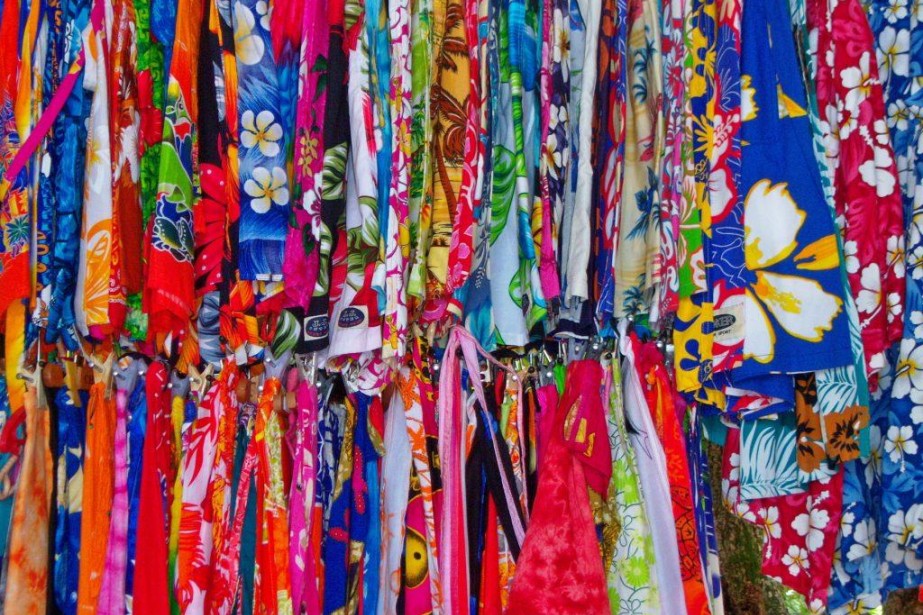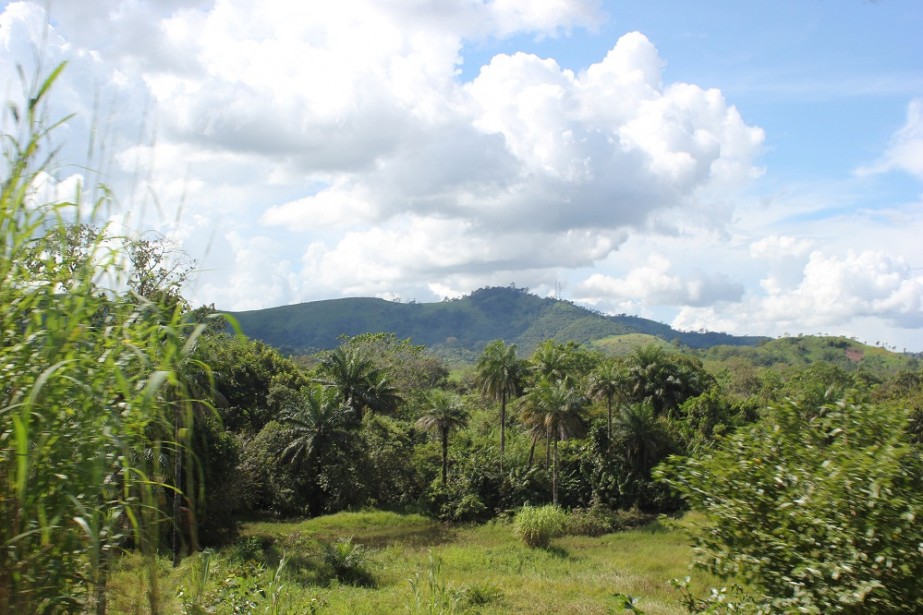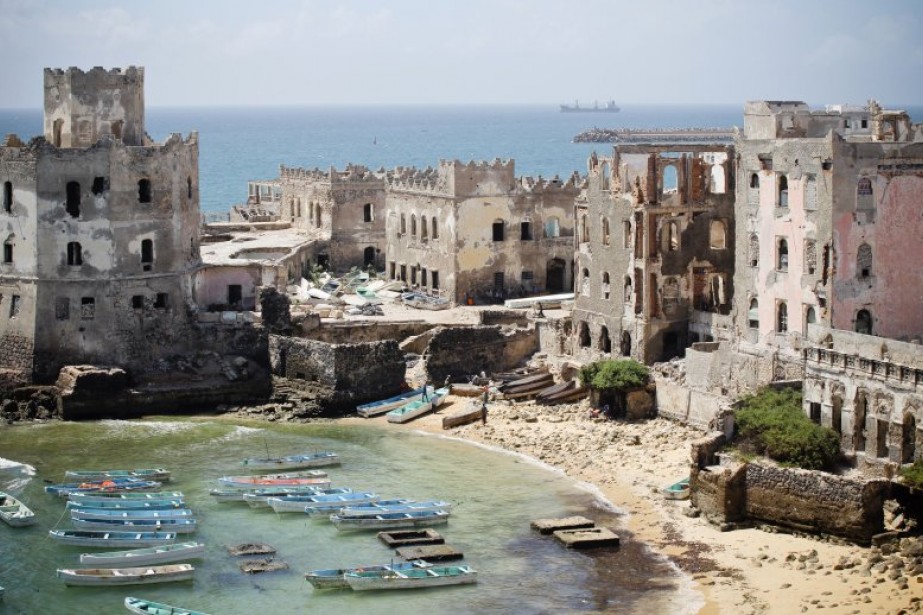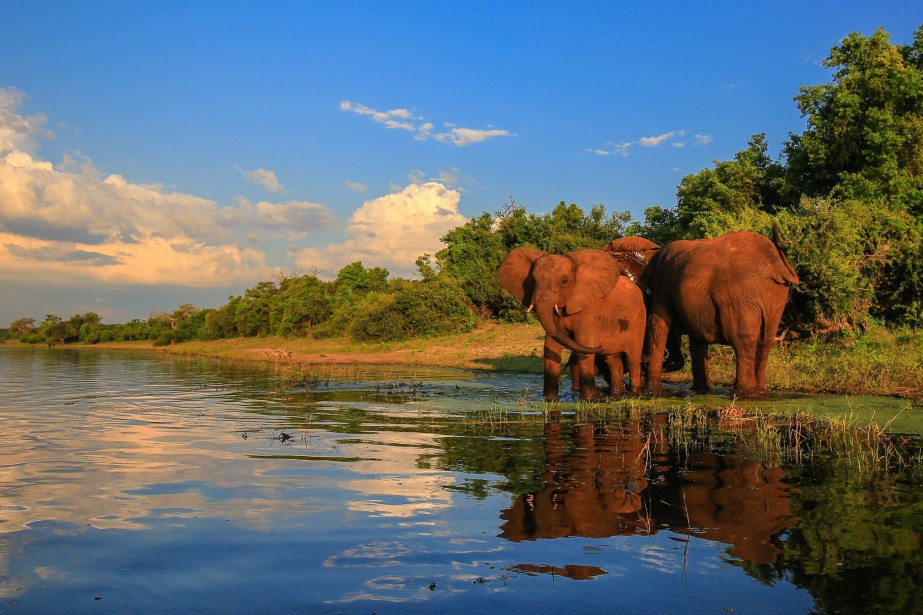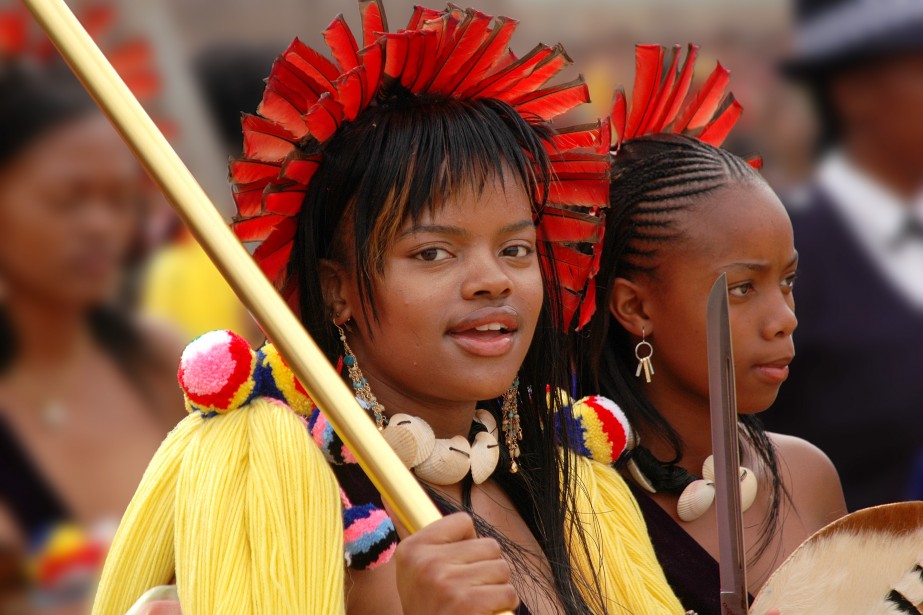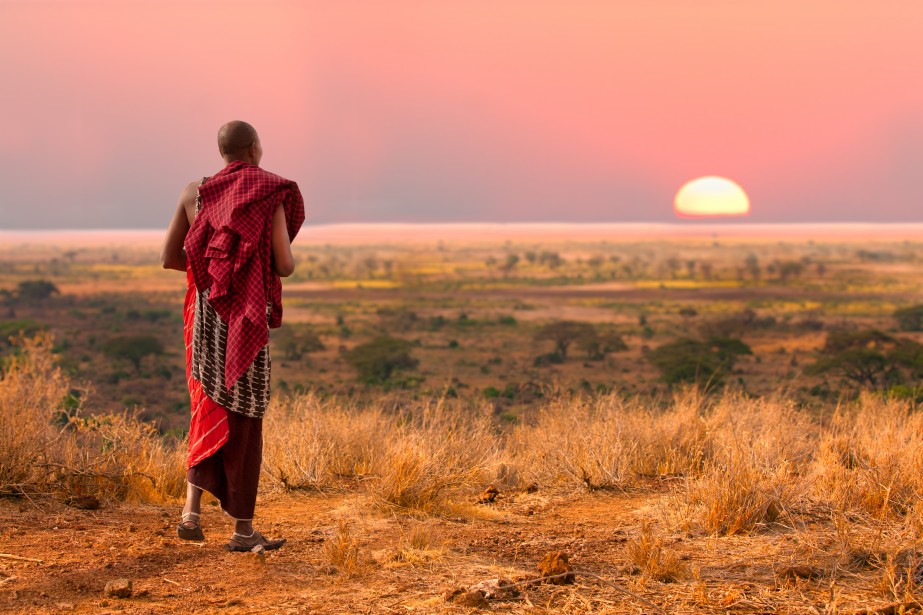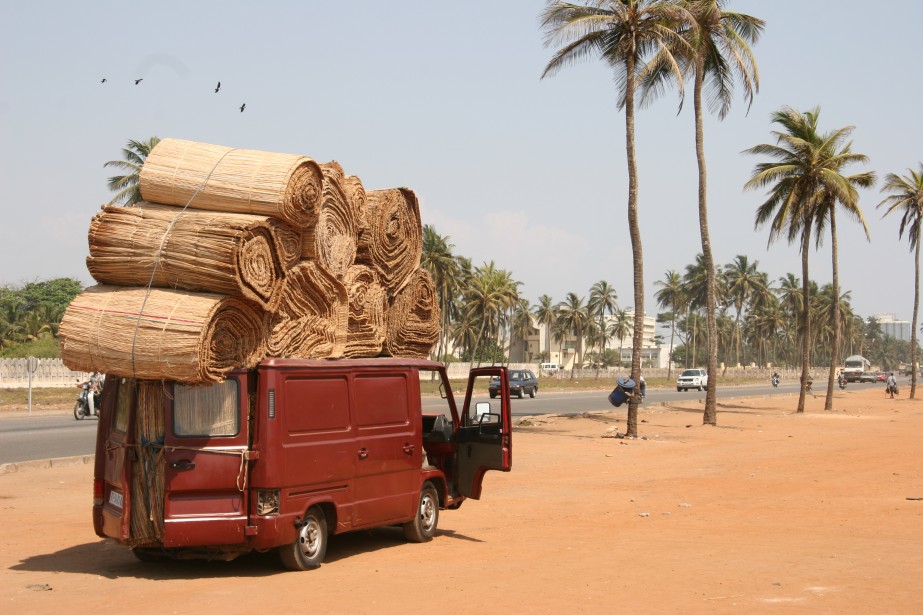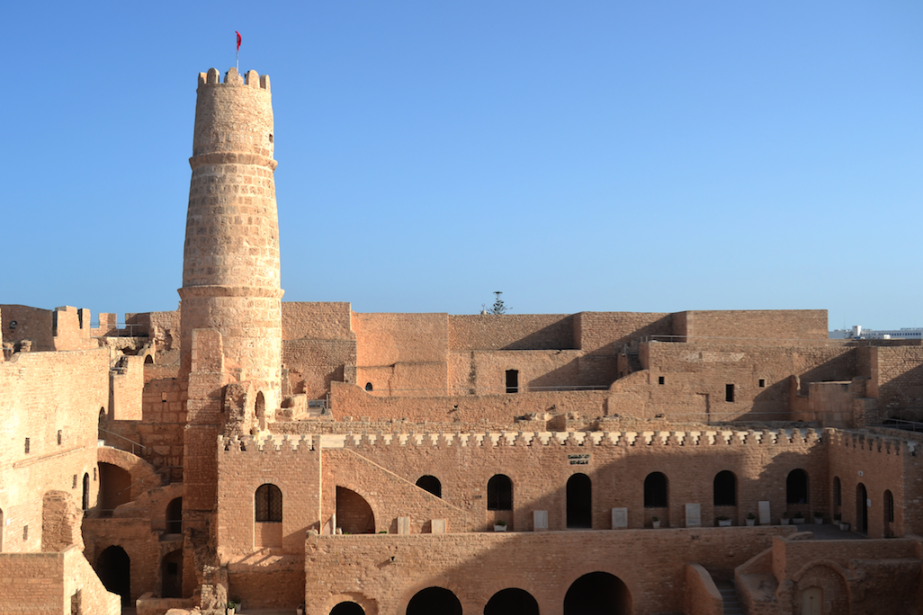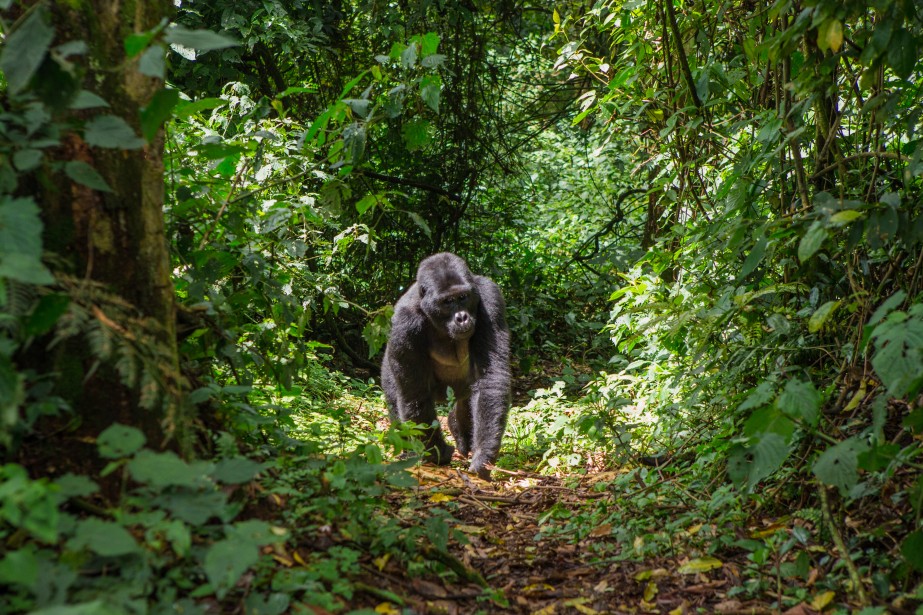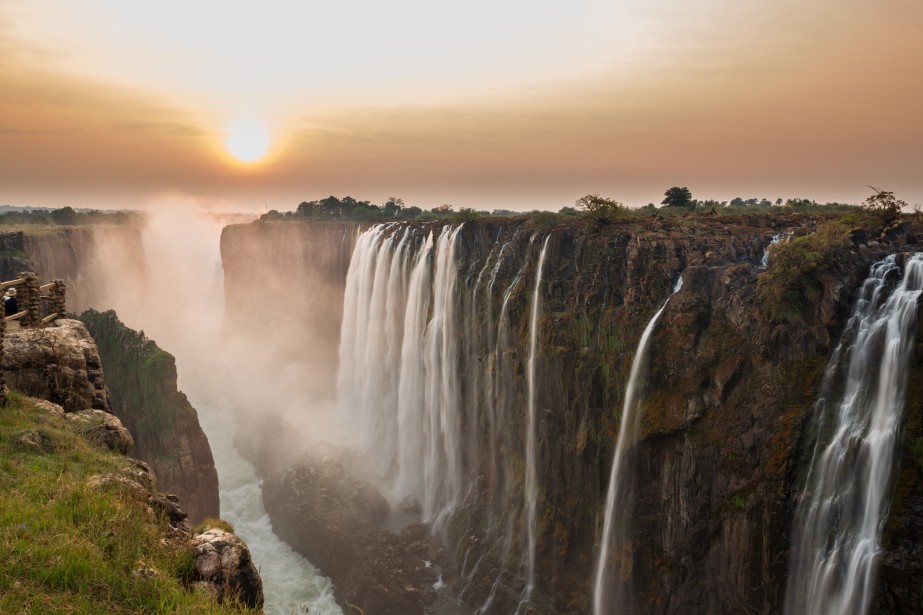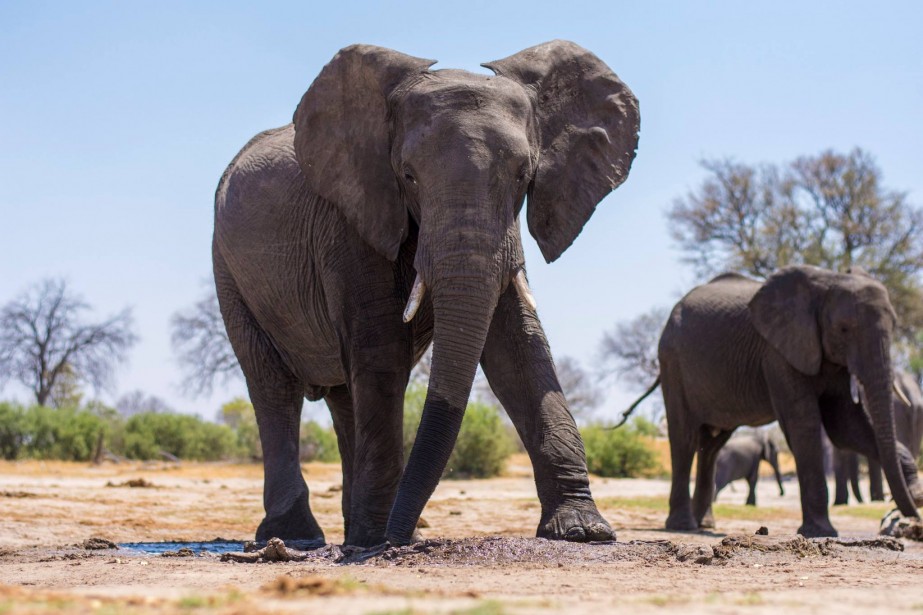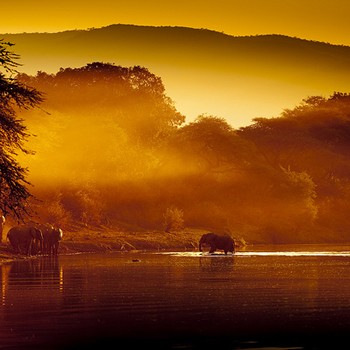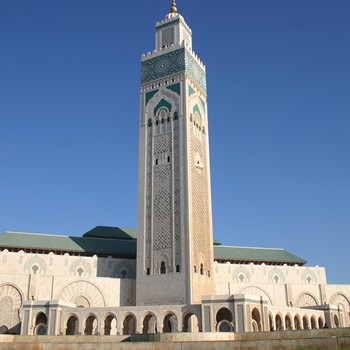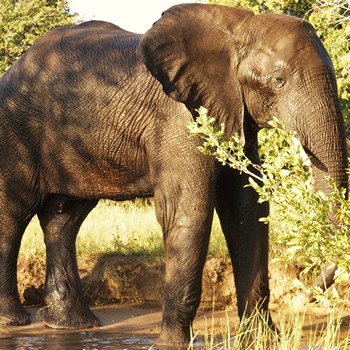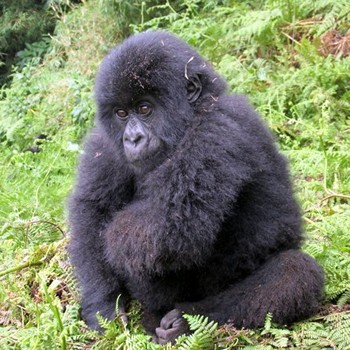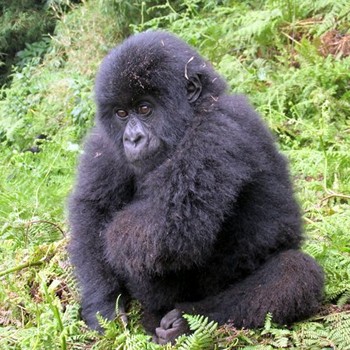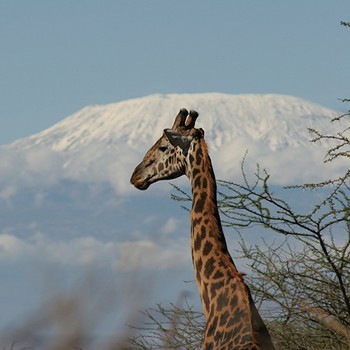Submitted by Coralie on November 17, 2015
An Overview – Madagascar
Madagascar is unique in the world. Receiving influences from Africa and Indonesia when so many different cultures took this island as their home, then from France in colonial times, it developed a completely unique feel and pace. The varied landscapes themselves remind the traveler of the multiplicity of influences. The baobabs standing in the middle of an arid land are a taste from Africa, while the green rice fields transport the visitor to Asia, without forgetting how Europe left its trace in the cuisine, architecture and culture.
This island, one of the biggest in the world, and the crossroad of so many civilizations and elements, also developed unique ecosystems, flora and fauna. One of the biggest stars of Madagascar, attracting visitors from all over the world, is the lemur. Declined there in several species, this furry and bear-like animal, with its big round eyes, is a constant marvel and wonder.
Madagascar will satisfy all travelers, with beaches and coconut trees for relaxing, the possibility to hike, bike, climb, dive, snorkel and raft for being active, and a unique ecosystem for wildlife spotting.
Despite the massive increase in tourism and the recent development of the island, the people of Madagascar still hang on to their culture and their way of life, where the mora-mora (slowly …) is one of the prime values. A land of wonder, stunning landscapes and unique cultural background, Madagascar is not a place that can be compared with anywhere else.
When to travel – Weather
Madagascar has two distinct seasons, the dry season from April to October, and the rainy season from November to March, during which some roads are closed. Cyclones are also frequent during the rainy season. Despite these two definite seasons, the weather also changes a lot depending on the region.
In the middle of the island, the altitude gives more moderate temperatures in the day, with very cold nights in the summer months. The east is the rainiest area in the country, even during the dry season, and particularly during July and August. The north of the country sees less rain but more wind, that can sometimes be violent. In the west, rainy season is limited to November to February, and the temperatures are elevated. In the south, the climate is almost arid, with only a few weeks of rain in winter and a searing heat in the dry season.
The best moment to go to Madagascar can depend a lot on the region, but the months from July to September are usually the best, with an agreeable climate except in the east where there might be a lot of rain.
In July, the Famadihana is an impressive event unique to Madagascar. Also called the “second burial”, the ceremony can last several days in a very festive atmosphere, and is an ideal time to learn more about the country's traditions. In August, humpback whales are migrating and can be observed from the island, a show like no other.
Malagasy Cuisine and Drinks
Malagasy cuisine is nothing without rice. Served at almost every meal, the cereal makes for half of the population's diet. This rice, called vary, is usually served with romazava, a broth made of zebu meat, or with ravitoto, a stew of manioc and pork.
As could be expected from an island, sea food is also very popular in Madagascar. Fish, crayfish, eel, tuna, huge shrimps, crabs, and many more. Sea food is often accompanied with coconut milk, while meat like chicken and duck is often cooked with vanilla. Although a lot of spices are used to flavor the cuisine, it's rarely spicy. Meals are concluded with the delicious fruits that are growing in abundance in the perfect climate of Madagascar.
French cuisine has also influenced Malagasy cuisine a lot in colonial times. Cheese, duck breast and foie gras, are surprisingly popular, especially inland. In the cities, it's easy to find food from all over the world.
The traditional Malagasy drink is the rice water, called the ranon'ampango, which is indeed what's left of water in the pan after cooking rice. To try at least once. Delicious fruit juices are also found everywhere, especially during rainy season. Beers and several good wines are made locally, and appreciated by the population. On the other hand, coffee is not a local habit, despite the massive production on the island.
Popular sights in Madagascar
Baobab Alley – One of the most popular sights in the country, this alignment of huge trees symbolizes Madagascar in many a traveler's mind. Perfect for a picture at sunset, it's a mandatory stop on any itinerary.
Vanilla Coast – As its name clearly indicates, the Vanilla Coast is where the vanilla found the perfect climate to grow. Along the coast, three villages, Vohemar, Sambava and Antalaha offer breaks from the road. The views all along this coast are absolutely stunning.
Diego Suarez – Now called Antsiranana, this city at the extreme north of Madagascar is a perfect mix of beauty and culture. Admiring the deep-water harbors and the surgarloaf mountain, while learning about the colonial past of the island in this very “french” city are a few things to do in Diego. This city is also a perfect base for exploring the incredible National Parks in the area.
Nosy Be and Nosy Komba Island – Both these islands, close to each other, were made to offer the perfect break for travelers. Beaches, coconut trees, a calm life, and a lot of hotels and restaurants to make it an easy destination. If you're looking for an easy, exotic, peaceful and beautiful place, look no further.
Ambohimanga – Ambohimanga used to be the home of the royal family. Now, it's a sacred place, listed as a UNESCO world heritage site. The old gate is one of the most impressive sights, and the hill in itself is still to this day one of the most representative place of the Malagasy culture.
Saint Marie Island – This island is everything one dreams of when talking about exotic islands; long perfect beaches, coconut trees and the scintillating sea will make it perfect for those seeking calm, sunshine and peace. It's also an ideal spot for divers and those wanting to see the famous humpback whales during their migration (in August).
Andasibe Mantadia National Park – This national park regroups in fact two distinct reserves. Other than the beauty and wilderness of the nature, the star of the park is the indri indri, this furry and adorable animal, the largest lemur alive, can only be found in Madagascar and has a very distinctive and loud call. Visitors there will hear this call as soon as the day starts and be able to follow it to try to spot the indri indri.
Tsingy de Bemaraha National Park – This is a unique landscape, and sometimes the main reason of a trip to Madagascar. These grey rock formations, all pointing towards the sky, were made by millions of years of rains and growth. To walk the bridge over these pointy rocks is not something that can be forgotten.
Tananarive – The capital, often simply called “Tana”, has a lot to offer once the traveler adapts to the rhythm of the city. The view from the Queen's Palace on the city and the rolling hills is an impressive sight.
Practical Info
Currency – Madagascar's money is the ariary (Ar) that recently replaced the malagasy franc (Fmg). Be sure in what currency you're talking when fixing a price with a local, as some of them still use the old system. In cities, there's often ATMs in banks, but they don't take all kinds of credit cards. Some big hotels or restaurants accept a payment by credit card, but with very elevated fees. The best is to change as much money as possible from the start in Tananarive.
Tips are not mandatory in restaurants, but appreciated. On the other hand, hotel staff and drivers will be expecting something.
Health – Tap water is not drinkable. Any water used, to brush teeth or wash fruits, has to be boiled or purified first. Be careful of not completely boiled coffee served in restaurants, or of ice cubes in your drinks. Fruits and vegetables should be washed or peeled by your own hands.
It's best to visit a doctor at least one month before a trip to Madagascar. In any case, an antimalarial treatment is mandatory, as well as a complete equipment to ward off mosquitoes and other insects.
Except for the hospital in Tana, treatments and medical help is not easily found in Madagascar. It's best to arrive with a well furnished first-aid kit and any regular treatment in enough quantities to last the whole trip.

